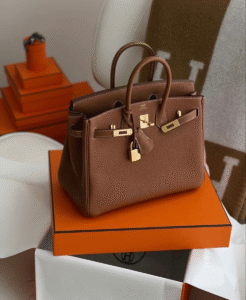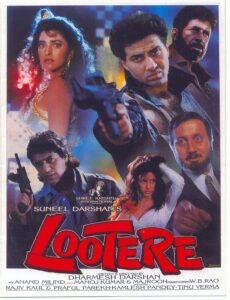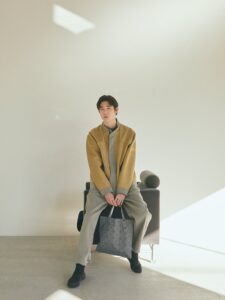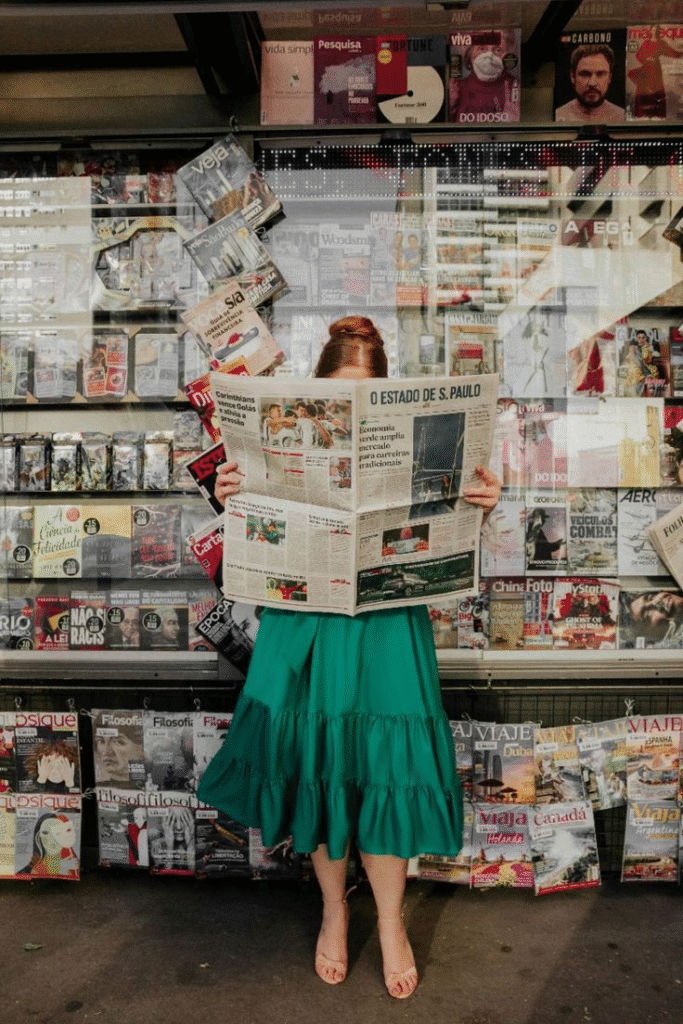
As 2022 unfolded, the global economy was thrown in for a spin. The after-effects of the worldwide pandemic still persist, and the depression in the European Market due to the Ukrainian war has been causing a lot of pressure on the foreign exchange market, paired with the increasing levels of unemployment in the US and the overall inflation.
Naturally, there have been talks about recession and its effect on all major industries including the luxury and media industries. Focusing just on the luxury industry, different product markets have different reactions to economic crises’ with heritage brands with a strong hold on leather products and makeup brands coming out at the top while affordable luxury, watches and jewellery come out at the bottom.
A study in 2010 explained this particular phenomenon via a case study of the 2008-09 recession period and the changes in the offerings of heritage brands. The study divided the luxury consumer market into “Patricians” and “Parvenus” better known as true luxury consumers or “insiders” and aspirational luxury consumers or “outsiders” respectively. It was observed that during the recession the heritage brands not only trimmed their offerings but also increased the price points and featured more products with their logos brandished boldly on the products, hence charging the consumers for their brand value. On the other hand, Parvenus encouraged by their need to reaffirm their financial strength rushed towards indulging themselves in their fame and brand value, hence providing the much-needed fodder to these brands during the recession.
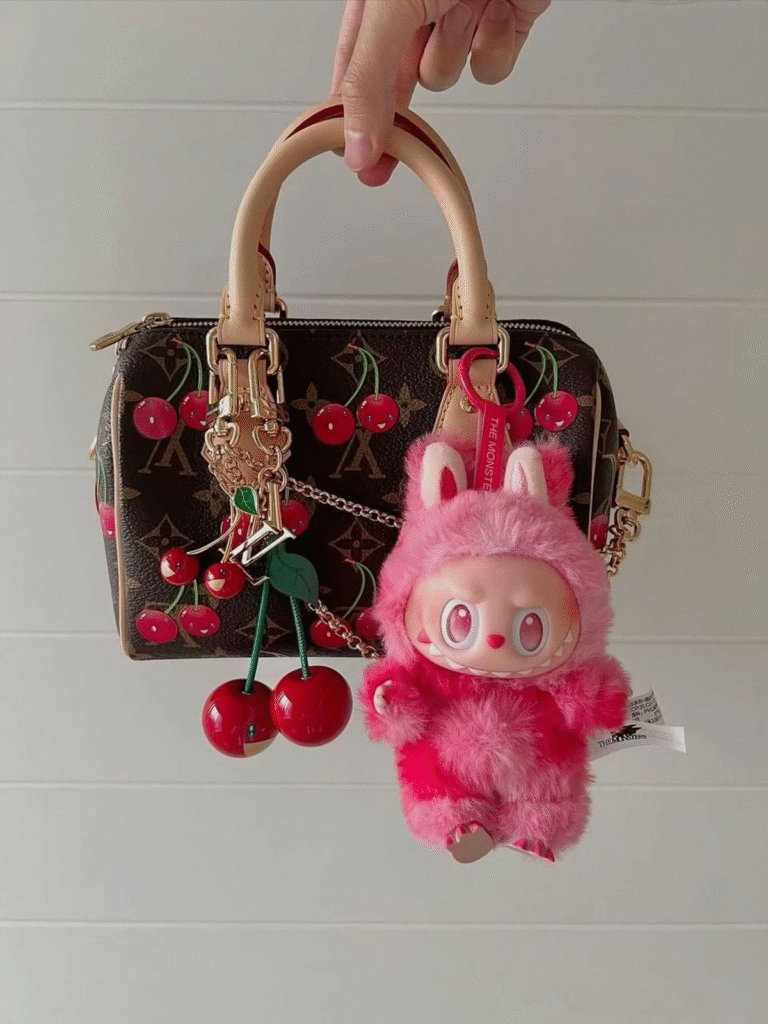
However, even then there have been exceptions such as Richemont who despite being a jewellery and watches brand has proved itself to be recession-proof, owning to its turtle pace supply chain and lengthiest production timeline in the luxury industry, hence affecting the pace of flow of the operational charges.
Nonetheless, there are a few things which every business must keep in mind to safeguard itself against recession. A 2020 article by Business of Fashion (one of the leading business magazines pertaining to the fashion industry) referred to the same in its article “How to Recession–Proof your Business” and offers great insight on the subject.
However, the beauty industry seems to be at the forefront of applying these strategies and preparing itself for the onslaught of recession. The biggest example of this is the Lipstick Effect.
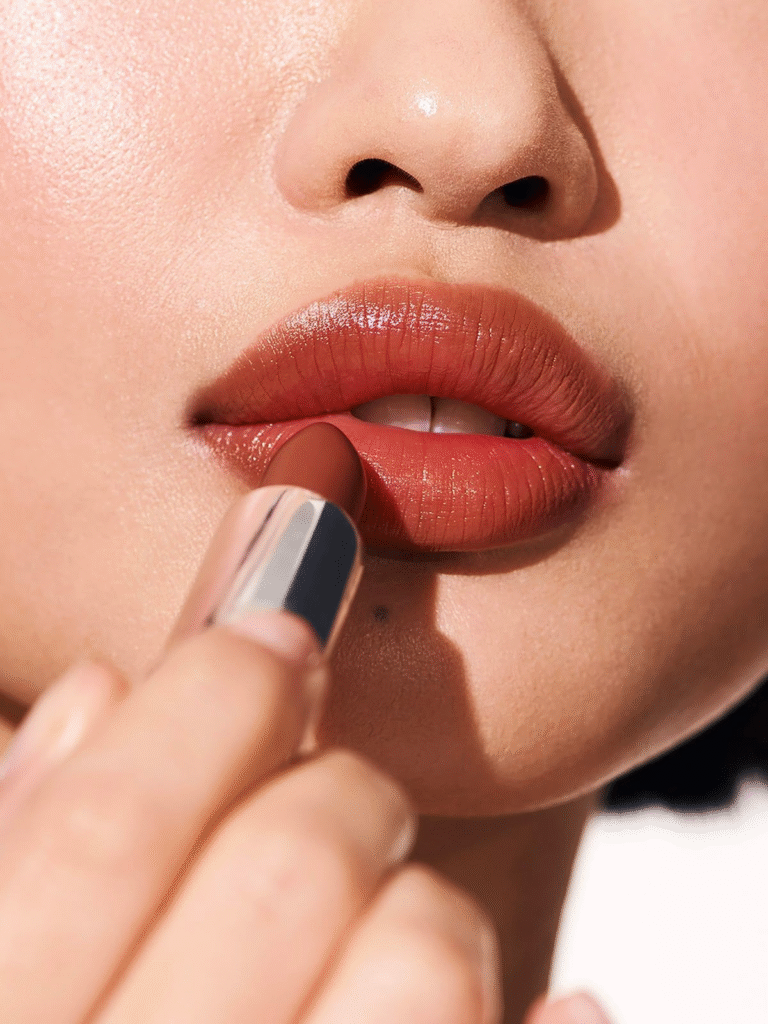
The Lipstick Effect refers to the consumer’s buying pattern to indulge in discretionary purchases which do not cause a major dent in their budget such as lipsticks. Previous studies have revealed the spike in the Lipstick Index, especially during economic breakdowns. Many economists are also referring to the Lipstick Index as one of the inflation or recession indicators.
As a result, many brands have already started investing in more budget-friendly alternatives to expensive beauty products such as Raw Sugar Living (mass market wellness brand) which is not only providing more product for the same price but also providing dupes of luxury scent profiles for lesser costs, while others such as Beauty (a prestige skincare line) plans to promote more versatile products which can be used in more than one way to entice its customers as well as providing free sampling offers for its consumers.
Other solutions include stockpiling, lesser complicated packaging, in-house production, and altering shipping policies.
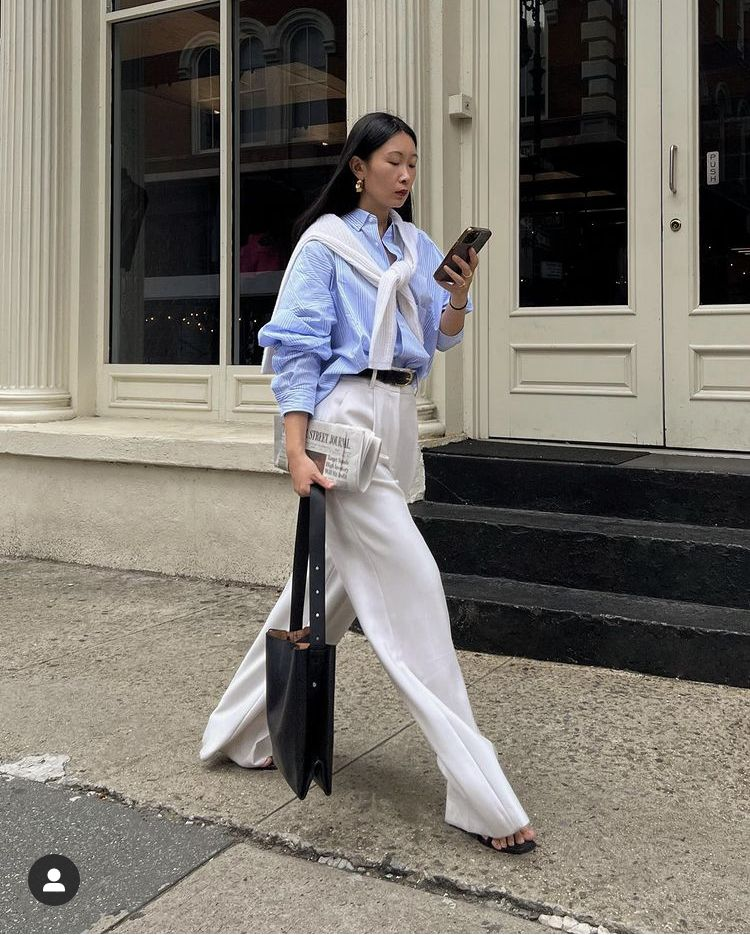
Finally, the recession poses to be a threat to the growth of the sustainable fashion market, which heavily relies on the consumer’s buying capacity and willingness to spend on the products.
The cost of producing apparel responsibly or sustainably comes at a high cost, therefore brands usually operate at a contemporary price point i.e. at a price rate lesser than the luxury price point but still above the average market price, a segment which is the most hard-hit during economic downturns.
However, there is still hope that brands will have to sooner rather than later shift to more sustainable ways of production, given the upcoming sustainability laws and the greater awareness regarding climate. On the other hand, the recession also boosts circular business models which focus on thrifting which under the recent cultural shift has become widely popular and acceptable among the masses.
The verdict isn’t out yet, but this recession will surely bring about a new phase in the fashion industry.


